As someone who’s been fascinated by kitchen technology for over a decade, I’ve spent countless hours experimenting with various cooktops, including induction models. When people ask me, “What are the requirements for cookware when using an induction cooktop?” I get excited to share my insights. Induction cooking is a game-changer—efficient, precise, and safe—but it comes with specific demands for the pots and pans you use. Choosing the wrong cookware can leave you frustrated, with a burner that refuses to heat. In this article, I’ll walk you through everything you need to know about cookware for induction cooktops, drawing from my own kitchen adventures and industry knowledge. My goal is to help you select the right pots and pans so you can make the most of your induction cooking experience.
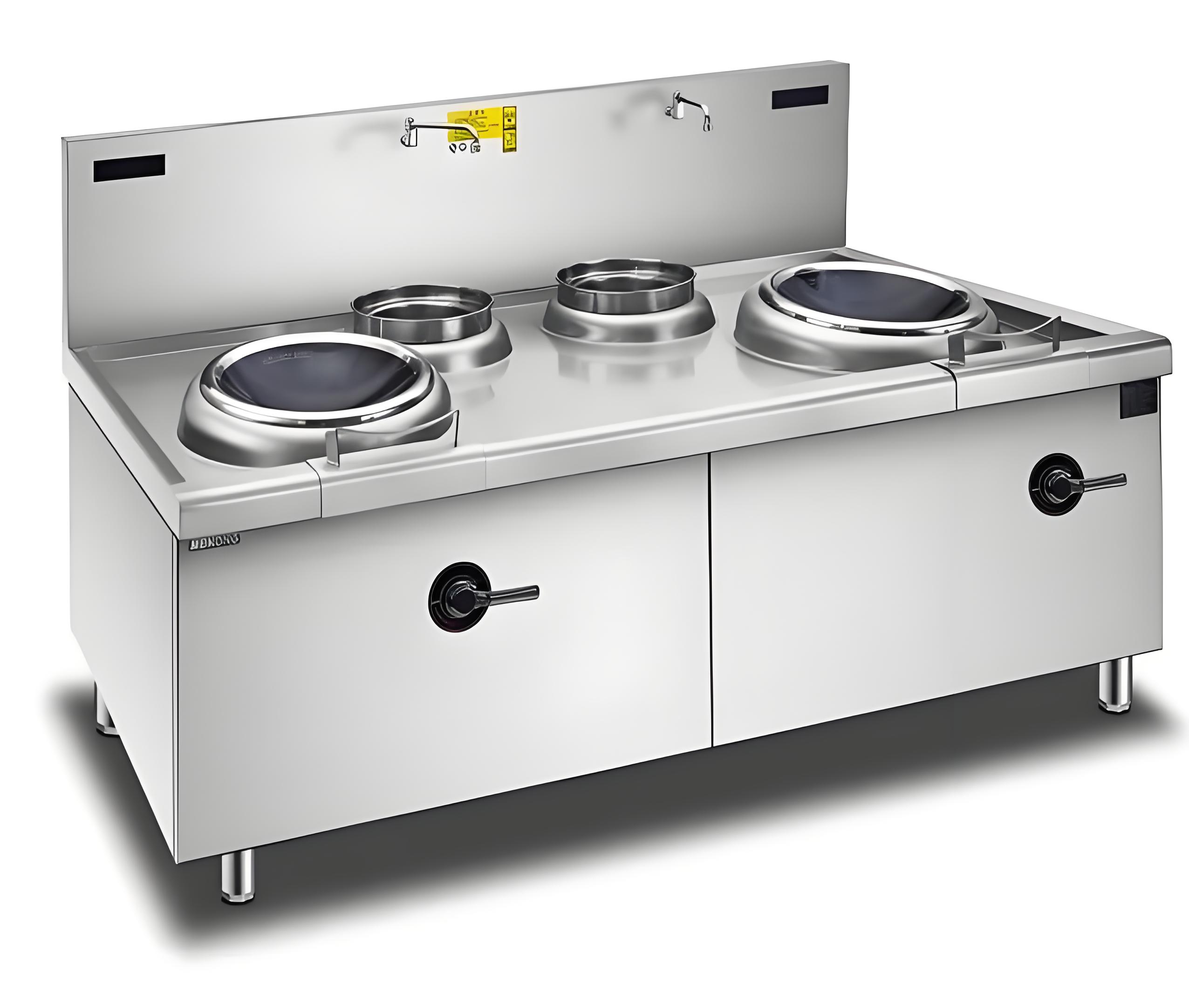
Understanding How Induction Cooktops Work
Before diving into cookware requirements, let’s clarify how induction cooktops function, as this directly impacts the type of pots and pans you need. Unlike gas or electric stovetops that heat through flames or coils, induction cooktops use electromagnetic fields to generate heat directly in the cookware. A copper coil beneath the cooktop’s surface creates a magnetic field when powered on, which induces an electric current in the cookware, producing heat. This means the cooktop itself stays relatively cool, and the cookware must be ferromagnetic (attracted to magnets) to work.
I remember my first time using an induction cooktop—I grabbed my favorite aluminum pan, placed it on the burner, and… nothing happened. That’s when I learned the hard way that not all cookware is induction-compatible. Let’s break down the key requirements to avoid such kitchen mishaps.
1. Material: Must Be Magnetic
The most critical requirement for induction cookware is that it must be ferromagnetic. This means the material should be attracted to a magnet. Here’s why this matters and what to look for:
Suitable Materials
Cast iron, stainless steel (certain types), and carbon steel are typically induction-compatible because they contain iron, which responds to the magnetic field. I’ve found cast iron to be a favorite for induction cooking due to its excellent heat retention. However, not all stainless steel works—some alloys lack sufficient iron content. To test, I always keep a small fridge magnet handy; if it sticks firmly to the base of the pot or pan, you’re good to go.
Non-Compatible Materials
Materials like aluminum, copper, glass, and ceramic won’t work on induction cooktops because they aren’t magnetic. I once tried using a beautiful copper saucepan, only to realize it was useless on my induction burner. If you love these materials, look for cookware with a magnetic base layer, like aluminum pans with a stainless steel disc bonded to the bottom.
How to Check Compatibility
If you’re unsure about your cookware, perform the magnet test. Place a magnet on the base of the pot or pan. A strong stick indicates it’s induction-ready. Weak or no attraction means it won’t work. I’ve done this test in stores before buying new cookware—it’s a quick and reliable method.
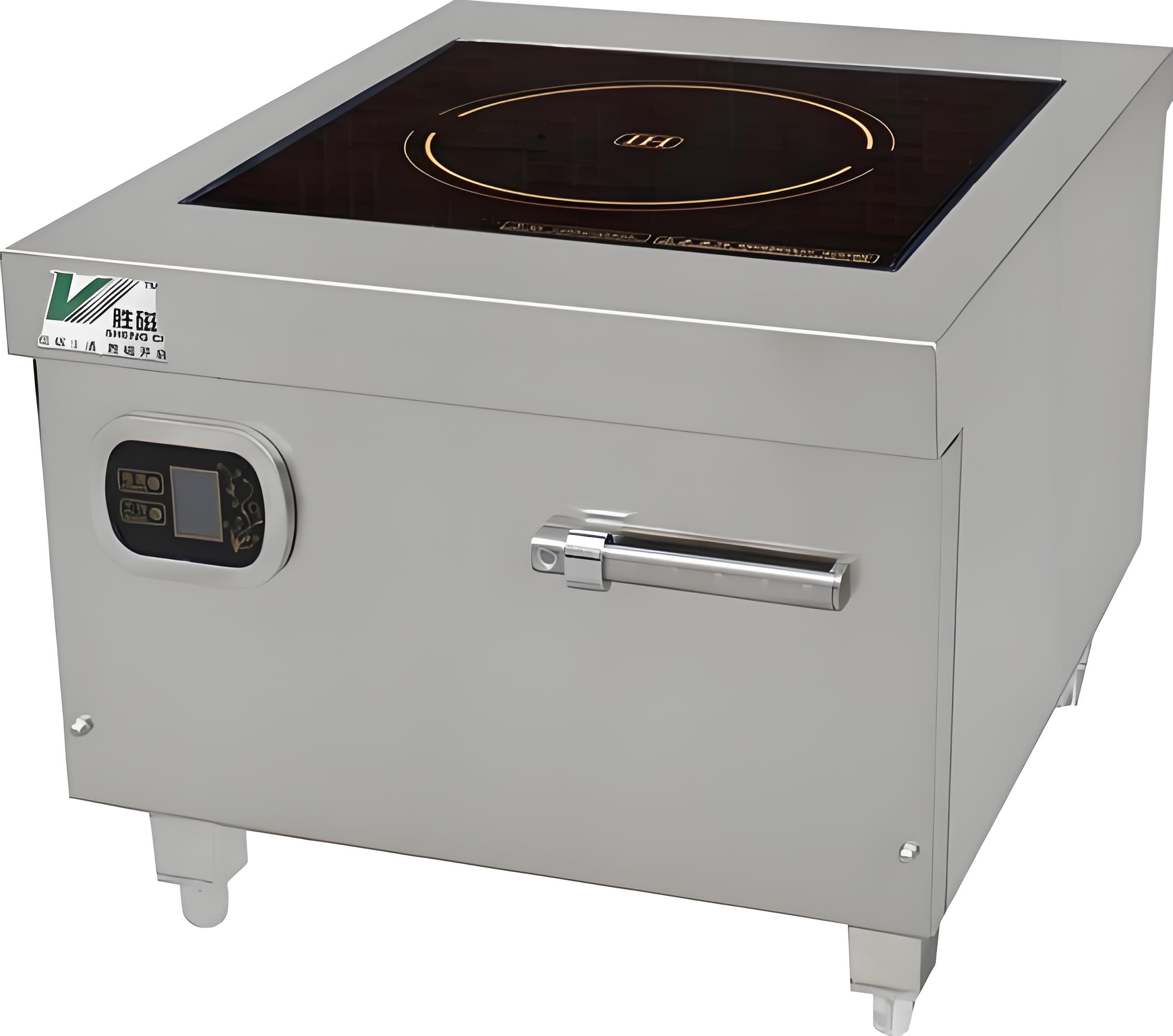
2. Base Design: Flat and Wide for Optimal Contact
Induction cooktops require cookware with a flat, wide base to ensure maximum contact with the cooking zone. Here’s why this is important:
Efficient Heat Transfer
The electromagnetic field is strongest where the cookware touches the cooktop. A flat base ensures the entire surface interacts with the field, leading to efficient heating. I’ve noticed that warped or uneven pans (like some old stainless steel ones I own) can cause inconsistent heating or even fail to activate the cooktop.
Size Matching
The cookware’s base should closely match the size of the induction burner’s cooking zone. If the pan is too small, the cooktop may not detect it or heat inefficiently. For example, I once tried using a tiny saucepan on a large burner, and the cooktop kept shutting off because the contact area was insufficient. Most induction cooktops have zones ranging from 5 to 10 inches in diameter, so check your cookware’s base size.
Thickness Matters
A thicker base (at least 3-4 mm) helps distribute heat evenly and prevents hotspots. Thin-bottomed pans can heat too quickly in spots, leading to uneven cooking. My cast iron skillet, with its thick base, performs beautifully on induction, giving me perfectly seared steaks every time.
3. Cookware Weight and Stability
While not a strict requirement, the weight and stability of cookware can significantly affect your induction cooking experience:
Heavier Cookware Performs Better
Heavier pots and pans, like cast iron or thick stainless steel, tend to sit more securely on the cooktop, reducing the risk of sliding. Lightweight pans can sometimes shift, especially if you’re stirring vigorously. I learned this when a flimsy aluminum pan with a magnetic base kept sliding during a stir-fry session.
Balance and Design
Cookware with a balanced design (e.g., a sturdy handle and a well-proportioned body) enhances safety and ease of use. I’ve found that pans with ergonomic handles make a big difference when flipping food or transferring heavy pots.
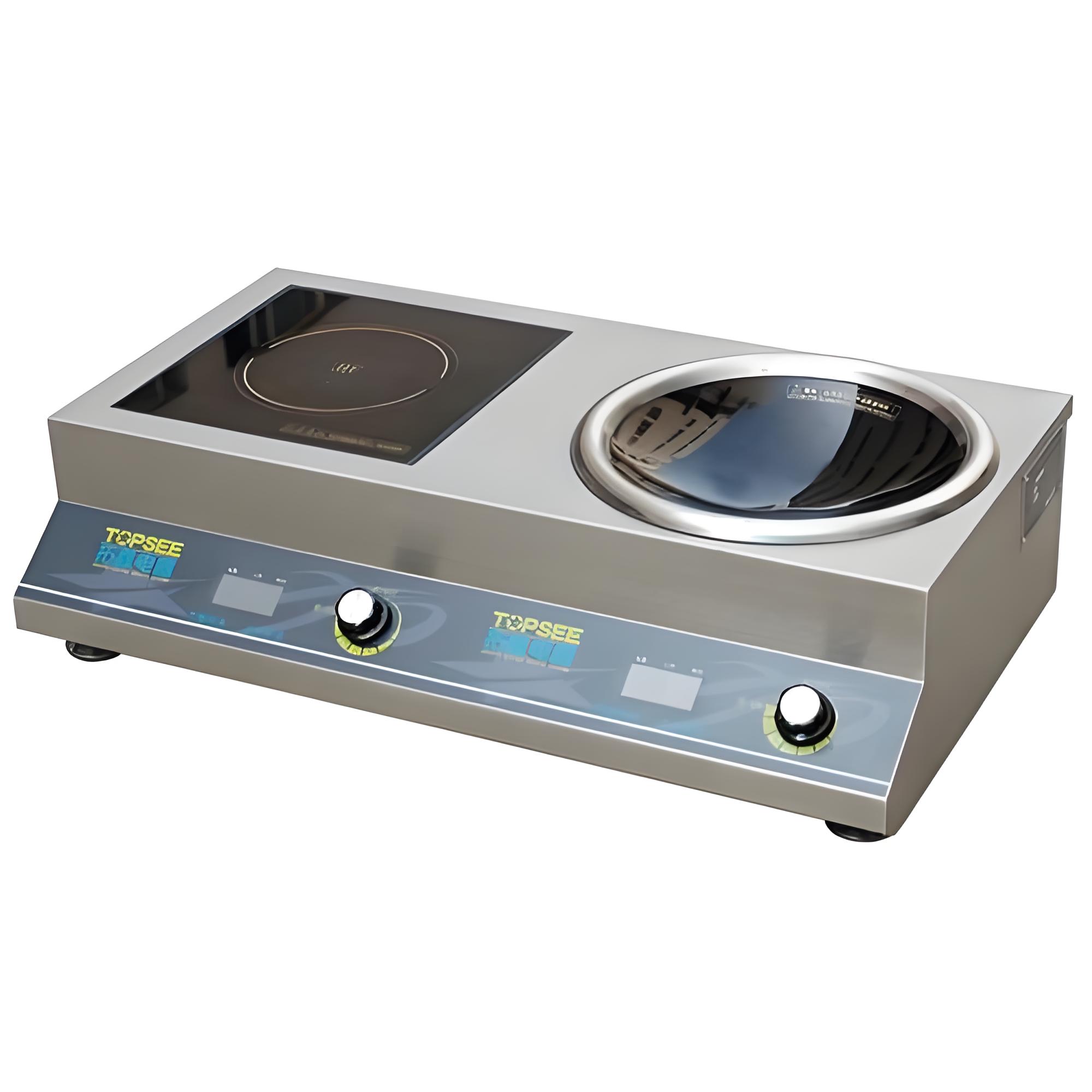
4. Safety and Compatibility Features
Induction cooktops often have built-in safety features that interact with cookware:
Detection Sensors
Most induction cooktops won’t activate unless they detect compatible cookware. This is why non-magnetic materials or improperly sized pans won’t work. I once spent 10 minutes troubleshooting why my cooktop wouldn’t turn on, only to realize I was using a glass casserole dish.
Smooth Bottom for Scratch Prevention
Since induction cooktops have a glass-ceramic surface, cookware with rough or jagged bottoms can scratch it. I always recommend choosing pots and pans with smooth, polished bases to protect the cooktop. My go-to stainless steel skillet has a sleek base that glides smoothly without leaving marks.
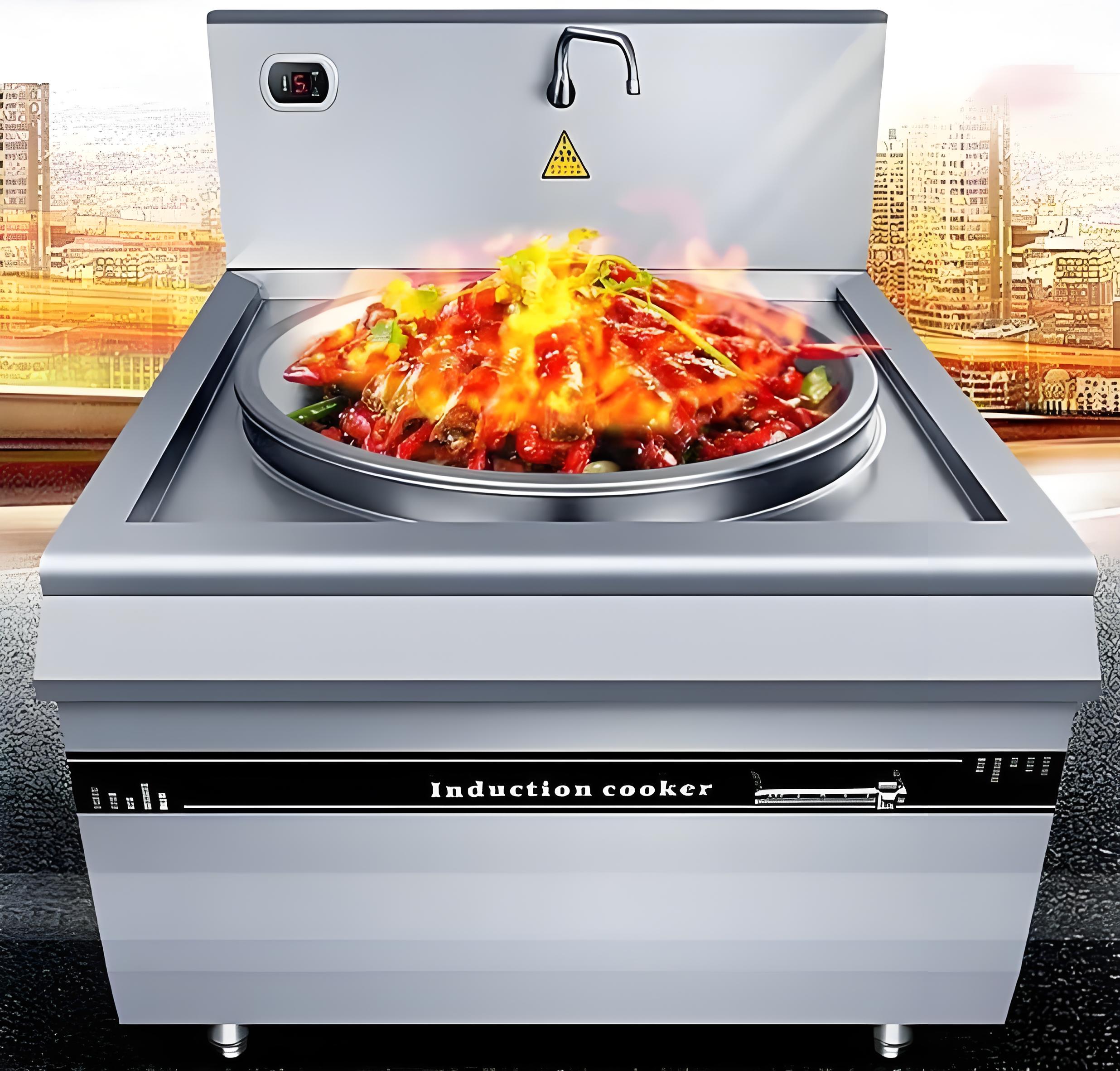
5. Practical Considerations for Everyday Use
Beyond the technical requirements, there are practical factors to consider when selecting induction cookware:
Versatility Across Cooking Methods
Induction cookware should be versatile enough for various cooking techniques, from searing to simmering. I love my cast iron Dutch oven because it works for everything from braising to baking bread on my induction cooktop.
Ease of Cleaning
Look for cookware with non-stick coatings or easy-to-clean surfaces, especially if you cook sticky or saucy dishes. My stainless steel frying pan is a breeze to clean, which saves me time after a busy cooking session.
Oven-Safe Options
If you like finishing dishes in the oven, choose cookware with oven-safe handles and lids. I’ve ruined a plastic-handled pan by absentmindedly putting it in the oven, so now I double-check for oven-safe labels.
Induction Cookware Compatibility Table
|
Material |
Magnetic? |
Induction Compatibility |
Notes |
|---|---|---|---|
|
Cast Iron |
Yes |
Excellent |
Heavy, great heat retention |
|
Stainless Steel |
Varies |
Good (if magnetic) |
Check with magnet test |
|
Aluminum |
No |
Poor (unless layered) |
Needs magnetic base layer |
|
Ceramic/Glass |
No |
Not compatible |
Unsuitable for induction |
My Personal Journey with Induction Cookware
When I first switched to an induction cooktop, I was thrilled by its speed and precision but frustrated by my limited cookware options. My old aluminum and copper pans were relegated to storage, and I had to invest in new pieces. Through trial and error, I built a collection of induction-compatible cookware that’s now the backbone of my kitchen. My cast iron skillet is my workhorse for everything from pancakes to roasts, while a stainless steel saucepan handles sauces and soups with ease. The learning curve was steep, but it taught me to prioritize quality and compatibility over aesthetics alone.
One memorable moment was when I hosted a dinner party and used my induction cooktop to whip up a stir-fry. My new carbon steel wok heated up in seconds, and the guests were amazed at how quickly I could cook. That’s when I realized the right cookware doesn’t just make cooking easier—it elevates the entire experience.
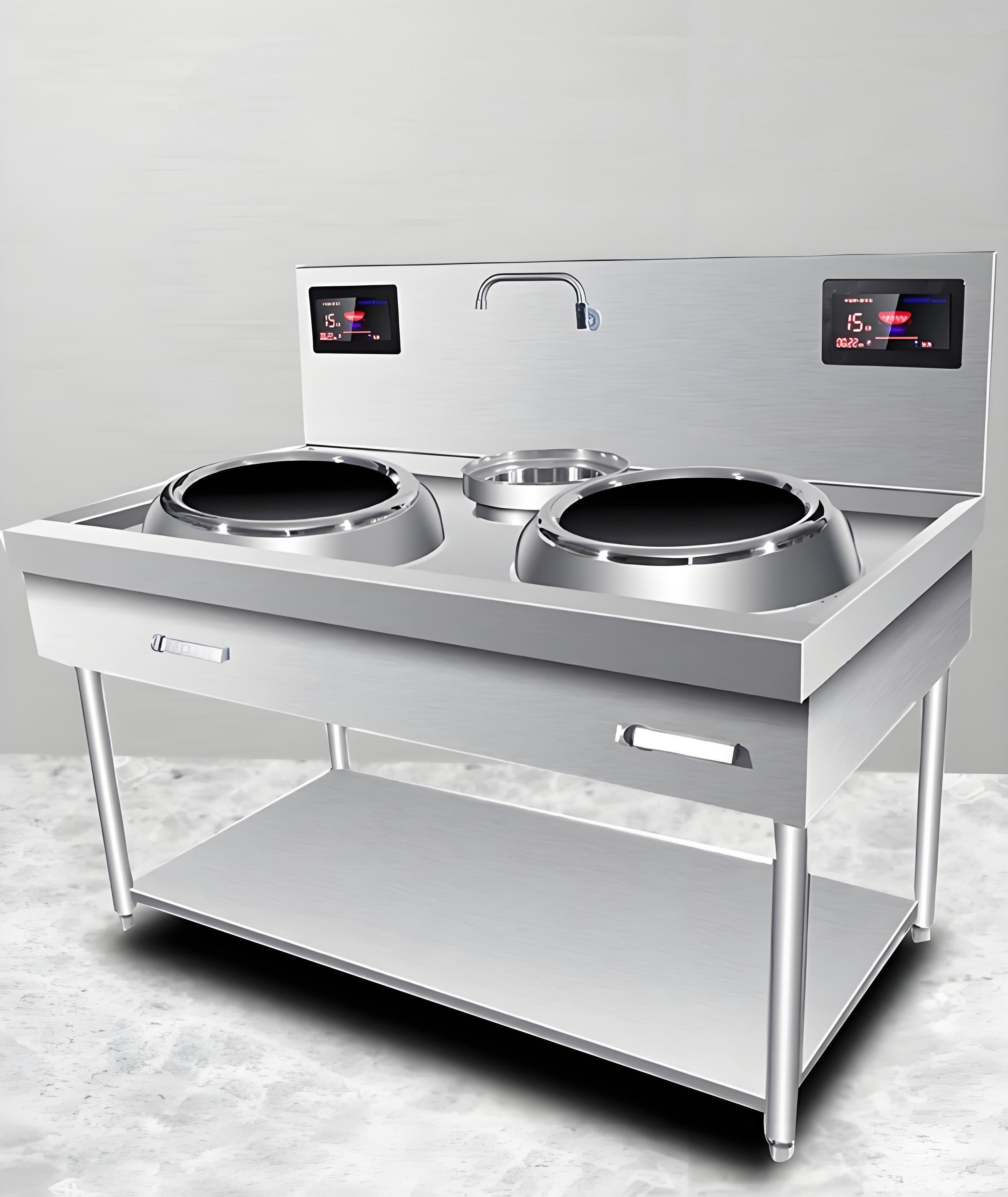
6. Tips for Choosing and Using Induction Cookware
Based on my years of using induction cooktops, here are some practical tips to ensure you get the most out of your cookware:
Do the Magnet Test Before Buying
Always test cookware with a magnet before purchasing, especially if it’s second-hand or not labeled as induction-compatible. I keep a small magnet in my bag when shopping at kitchenware stores—it’s saved me from bad purchases.
Match Cookware Size to Burner
Check the diameter of your cooktop’s cooking zones and choose pots and pans that match. Most manuals list the minimum and maximum diameters for each burner. For example, my 7-inch burner works best with pans of similar size.
Invest in Quality
While budget options exist, investing in high-quality cookware pays off in durability and performance. My cast iron skillet, though pricey, has lasted years and performs better than cheaper alternatives.
Check for Induction Symbols
Most induction-compatible cookware has a coil-like symbol on the packaging or base, indicating it’s designed for induction use. I always look for this when shopping online to avoid guesswork.
Maintain Your Cooktop and Cookware
Clean your cooktop regularly to prevent scratches, and avoid dragging heavy pans across the surface. I use a microfiber cloth and a cooktop cleaner to keep mine pristine, which also prolongs the life of my cookware.

7. Common Mistakes to Avoid
Over the years, I’ve seen (and made) plenty of mistakes with induction cookware. Here are some pitfalls to steer clear of:
Using Non-Magnetic Cookware
Don’t assume all metal cookware works. Always verify with a magnet. I once wasted time trying to heat a non-magnetic stainless steel pan, wondering why it wouldn’t warm up.
Ignoring Base Flatness
Warped or rounded-bottom pans (like some traditional woks) won’t heat properly. I learned this when an old wok caused my cooktop to beep and shut off repeatedly.
Overlooking Size Compatibility
Using a pan that’s too small or too large for the burner can lead to inefficiencies or failure to heat. I now measure my cookware bases to ensure they match my cooktop’s zones.
Conclusion: Choosing the Right Cookware for Induction Success
Using an induction cooktop can transform your cooking experience, but it requires cookware that meets specific criteria: magnetic materials, a flat, appropriately sized base, and practical design for safety and versatility. By understanding these requirements and choosing wisely, you can unlock the full potential of your induction cooktop—faster cooking, precise control, and a safer kitchen.
My journey with induction cooking has been one of learning and adaptation, and I hope my experiences help you avoid common pitfalls. Whether you’re upgrading your cookware or just starting with induction, the right pots and pans will make all the difference. If you have more questions, check out the FAQs below or feel free to ask me directly!
FAQs
1. Can I use my existing cookware on an induction cooktop?
Check if it’s magnetic using a fridge magnet. If it sticks firmly to the base, it’s likely compatible. Also, ensure the base is flat and matches the burner size.
2. Why doesn’t my stainless steel pan work on my induction cooktop?
Not all stainless steel is magnetic. Some alloys lack enough iron to work with induction. Test with a magnet, and if it doesn’t stick, the pan isn’t compatible.
3. Are non-stick pans suitable for induction cooktops?
Yes, if they have a magnetic base. Many non-stick pans have a stainless steel layer for induction compatibility. Check for the induction symbol or use a magnet.
4. Can I use a wok on an induction cooktop?
Traditional round-bottom woks don’t work well due to limited contact. Look for flat-bottomed woks made of magnetic materials like carbon steel or cast iron.
5. How do I know if my cookware is damaging my induction cooktop?
Rough or jagged bases can scratch the glass surface. Use smooth-bottomed cookware and clean the cooktop regularly to prevent damage. If scratches appear, check your cookware’s base.




